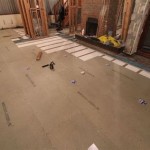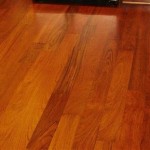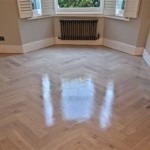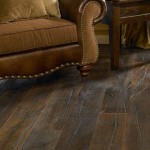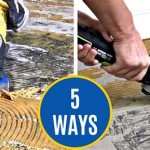Can You Use Rolled Vinyl Flooring On Walls?
Vinyl flooring, in its various forms, has gained immense popularity for its durability, affordability, and aesthetic appeal. While it's primarily used for floors, some homeowners and designers are exploring its potential for wall applications. But can rolled vinyl flooring, specifically, be used on walls?
The answer is not a straightforward yes or no. While it might seem counterintuitive, rolled vinyl flooring can be used on walls, but it requires careful consideration and specific installation techniques. This article will delve into the factors to consider, advantages, and potential drawbacks of using rolled vinyl flooring on walls.
Understanding Rolled Vinyl Flooring
Rolled vinyl flooring, also known as sheet vinyl, is a type of flooring made from PVC (polyvinyl chloride) and other materials. It's available in various thicknesses, patterns, and finishes to mimic different materials like wood, stone, or even tile. This versatility makes it a popular choice for many flooring projects.
The key to understand when considering its use on walls is that rolled vinyl flooring is primarily designed for horizontal surfaces. Its construction and properties are optimized for foot traffic, weight distribution, and resistance to abrasion. While it can provide a waterproof and easy-to-clean surface on walls, it's not necessarily designed for the unique demands of vertical applications.
Advantages of Using Rolled Vinyl Flooring on Walls
Despite its primary function for floors, rolled vinyl flooring presents several advantages for wall applications:
Cost-Effective
Rolled vinyl flooring is generally more budget-friendly than other wall coverings like wallpaper or natural stone. It offers a wide range of styles at a competitive price point, making it an attractive option for homeowners on a budget.
Easy to Clean and Maintain
Vinyl is inherently resistant to moisture and stains, making it a practical choice for high-traffic areas or kitchens where spills are common. Its smooth surface makes cleaning a breeze, simply wiping it down with a damp cloth.
Waterproof and Moisture-Resistant
This is a significant advantage in areas prone to moisture, like bathrooms, kitchens, or laundry rooms. Unlike some other wall coverings, vinyl won't warp, rot, or become susceptible to mold growth in damp environments.
Durable and Long-Lasting
Rolled vinyl flooring is designed to withstand high foot traffic and abrasion on floors. While the intensity of wear and tear on walls will be different, its inherent durability translates to long-lasting performance on walls.
Challenges and Considerations
While rolled vinyl flooring offers advantages, there are also challenges and considerations to weigh when using it on walls:
Installation Complexity
Installing rolled vinyl flooring on walls is more complex than laying it on floors. It requires careful preparation, including smoothing the wall surface and ensuring proper adhesion. It's also essential to avoid wrinkles or bubbles that can occur due to the flooring's flexibility.
Seaming and Joints
Unlike traditional wall coverings, rolled vinyl flooring typically comes in large sheets. This necessitates careful seaming and joint treatment to create a seamless finish. Improperly joined sections can result in visible seams, which can detract from the overall aesthetic appeal.
Limitations in Patterns and Designs
While rolled vinyl flooring offers a variety of patterns and designs, they are generally not as intricate or detailed as options available in other wall coverings. It's important to keep this in mind when choosing a design that suits your desired aesthetic.
Potential for Expansion and Contraction
Vinyl flooring is susceptible to expansion and contraction based on temperature and humidity fluctuations. While this is less of a concern on floors due to the weight of furniture, on walls, it can cause warping or buckling if not properly installed and accounted for.
Conclusion
Using rolled vinyl flooring on walls presents both advantages and challenges. The decision to use it for this application should weigh the benefits of affordability, durability, and ease of cleaning against the complexities of installation and the aesthetic limitations. Careful planning, proper preparation, and professional installation are essential to ensure a successful and visually pleasing outcome when using rolled vinyl flooring on walls.

Can You Install Vinyl Flooring On Walls L Antic Colonial

The Easy Way How To Lay Vinyl Flooring On Shower Walls S1 Ep32

System For The Installation Of Vinyl Sheet On Walls In Wet Areas R08 Mapei

How To Lay Sheet Vinyl Ideas Advice B Q

How To Install Sheet Vinyl Floor Decor Adventures

Self Adhesive Vinyl Floor Covering In A Roll Sticker Wall 3000x600x1 5mm Sw 00001815

How To Install Vinyl Flooring Without Using Adhesive Today S Homeowner
Vinyl Flooring Rolled Up To Serve As Wall Base Diy Home Improvement Forum

How To Lay Sheet Vinyl Flooring
How To Lay Vinyl Flooring Sheets Tiles And Planks Tarkett
See Also

